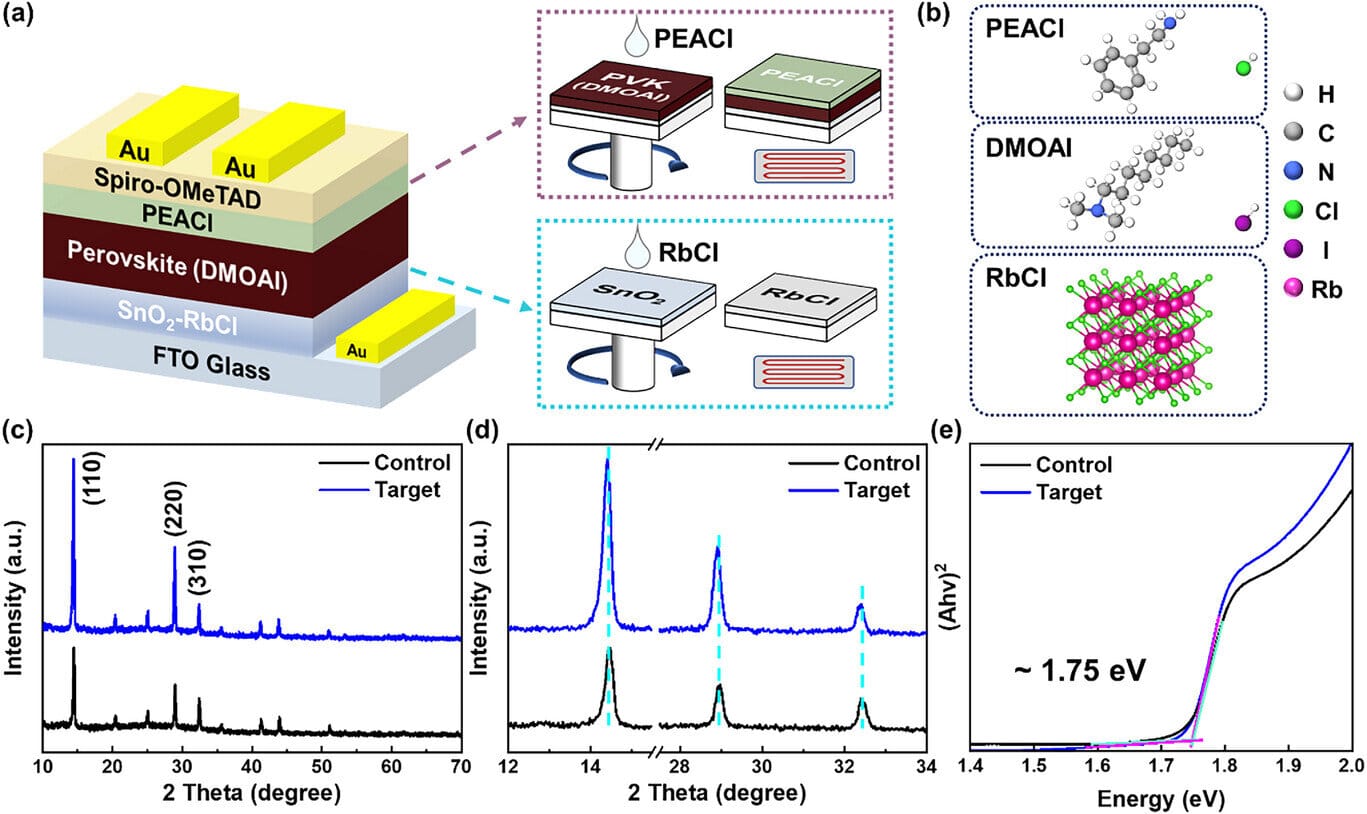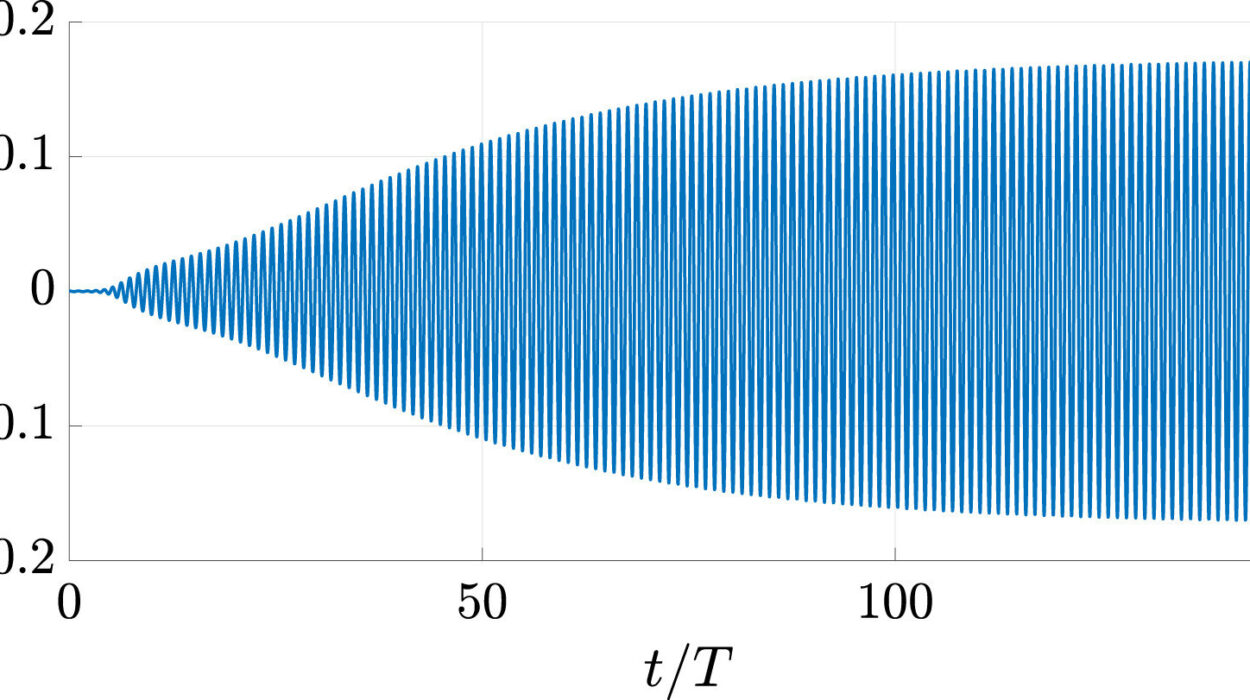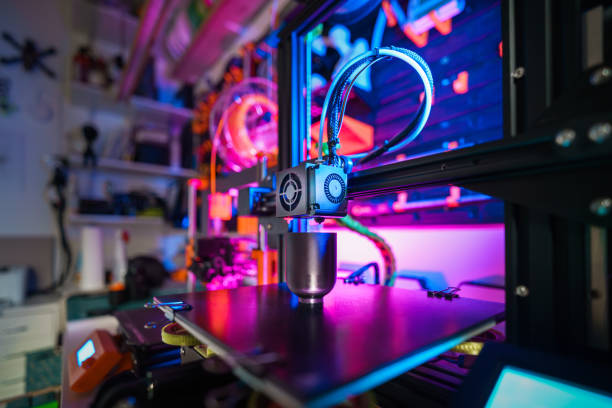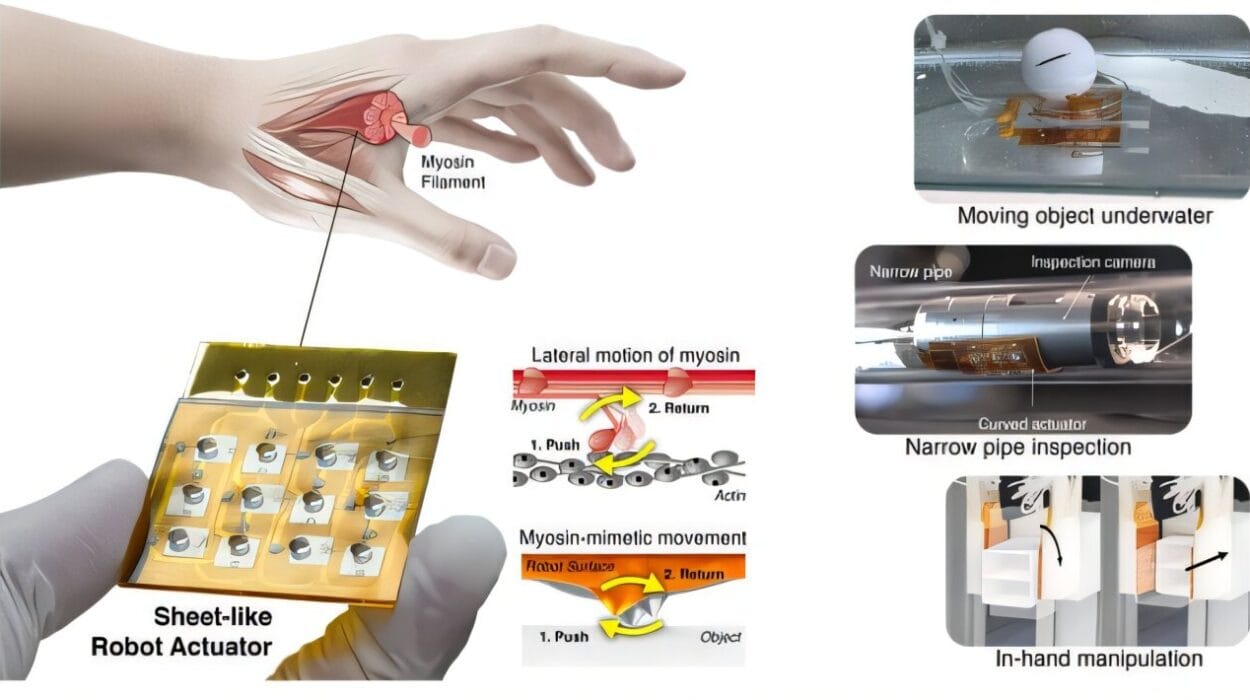Imagine never having to hunt for batteries for your remote control, never tossing away another used AA into the recycling bin, and never worrying about whether your wireless keyboard will die in the middle of a workday. That future just got a step closer, thanks to a groundbreaking innovation from an international team of scientists led by University College London (UCL) researchers.
The team has developed a new generation of solar cells that can efficiently harvest energy from indoor lighting — turning the glow of your office lamp or kitchen ceiling bulb into a constant power source. This means that the billions of low-energy devices in our homes, offices, and factories could one day run indefinitely without batteries, simply by feeding off the light already present in the room.
The Promise — and Problem — of Perovskite
At the heart of this innovation is a remarkable material called perovskite, a crystalline compound that has been hailed as the future of solar technology. Unlike conventional silicon panels, which are optimized for sunlight, perovskites can be fine-tuned to capture the specific wavelengths of indoor light, making them a natural fit for indoor energy harvesting.
But there has been one stubborn challenge: perovskite isn’t perfect. Its crystal structure is riddled with tiny flaws known as traps, which act like potholes for electrons. Instead of moving smoothly to produce electricity, electrons can get stuck in these traps, wasting their energy as heat. Over time, these defects also cause the material to degrade, sharply limiting the lifespan of perovskite devices.
This Achilles’ heel has kept perovskite-based indoor solar cells from becoming commercially viable — until now.
Closing the Gaps in the Crystal
In a study published in Advanced Functional Materials, the UCL-led team described how they overcame the trap problem using a carefully designed chemical cocktail.
First, they introduced rubidium chloride, a compound that encouraged the perovskite crystals to grow more evenly, reducing internal strain and minimizing trap formation. Then, they added two more chemicals to stabilize the movement of iodide and bromide ions — two key ingredients in the perovskite mix. Left unchecked, these ions tend to drift and cluster into separate regions, weakening the cell’s performance. By preventing this drift, the researchers kept the perovskite uniform and healthy over time.
Lead author Siming Huang, a Ph.D. student at UCL’s Institute for Materials Discovery, offered a vivid analogy: “The solar cell with these tiny defects is like a cake cut into pieces. Through a combination of strategies, we have put this cake back together again, allowing the charge to pass through it more easily. The three ingredients we added had a synergistic effect, producing a combined effect greater than the sum of the parts.”
Record-Breaking Efficiency Indoors
The results were nothing short of extraordinary. In tests under lighting conditions equivalent to a bright office (1,000 lux), the new solar cells converted 37.6% of the light into electricity — a world record for indoor perovskite cells with a bandgap of 1.75 electron volts.
To put this in perspective, that’s about six times more efficient than the best indoor solar cells currently available on the market. Such a leap in performance could make battery-free electronics not just possible, but practical for widespread use.
Built to Last
Durability has always been another sticking point for perovskite solar cells, which often degrade in weeks or months. But the newly engineered cells proved remarkably robust.
After more than 100 days of testing, the cells retained 92% of their original performance, compared to only 76% for an untreated perovskite cell. In a harsher trial — 300 hours of constant, intense light at 55°C — the new cells still held onto 76% of their performance, while the control devices fell to just 47%.
This means that, in real-world indoor conditions, these solar cells could keep powering devices for five years or more before needing replacement.
The Environmental and Economic Impact
For senior author Dr. Mojtaba Abdi Jalebi, associate professor at UCL’s Institute for Materials Discovery, the implications go far beyond convenience.
“Billions of devices that require small amounts of energy rely on battery replacements — an unsustainable practice. This number will grow as the Internet of Things expands,” he explained. “Currently, solar cells capturing energy from indoor light are expensive and inefficient. Our specially engineered perovskite indoor solar cells can harvest much more energy than commercial cells and are more durable than other prototypes. It paves the way for electronics powered by the ambient light already present in our lives.”
The environmental benefits could be profound. Every year, billions of disposable batteries end up in landfills, leaking toxic metals into the environment. Replacing even a fraction of these with indoor light-harvesting devices could cut waste, reduce demand for mined materials, and shrink the carbon footprint of manufacturing.
A Low-Cost, Scalable Solution
One of perovskite’s biggest advantages is cost. The raw materials are abundant, and the cells can be manufactured using simple, low-temperature processes. In fact, they can be printed much like a newspaper, making large-scale production relatively inexpensive.
This opens the door to embedding these solar films in all sorts of everyday devices — from wireless keyboards and smart door sensors to TV remotes, temperature monitors, and security alarms.
From the Lab to Your Living Room
The researchers are now in discussions with industry partners to explore scaling up the technology for commercial use. While more testing will be needed to ensure stability in diverse environments, the team is optimistic that these solar cells could start appearing in consumer products in the near future.
If they succeed, it won’t just be a win for science and technology — it will be a win for sustainability, convenience, and the way we power our connected world.
More information: Siming Huang et al, Enhancing Indoor Photovoltaic Efficiency to 37.6% Through Triple Passivation Reassembly and n‐Type to p‐Type Modulation in Wide Bandgap Perovskites, Advanced Functional Materials (2025). DOI: 10.1002/adfm.202502152






